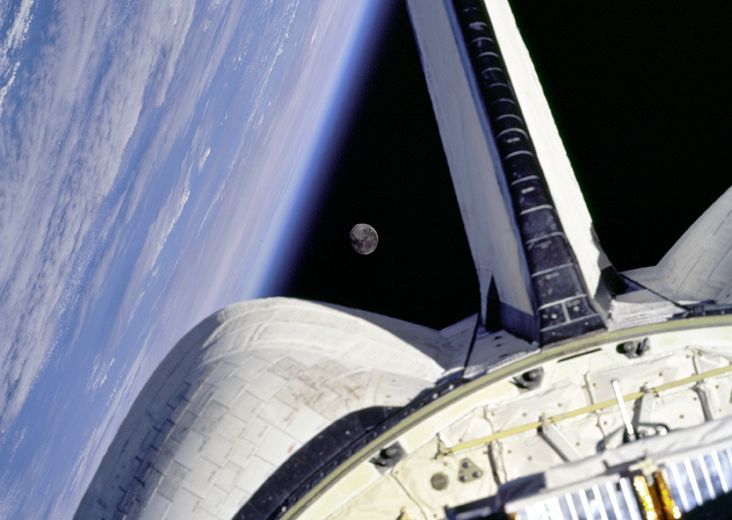

The camera (near Conrad's right hand) is on display at the National Air and Space Museum Parts of Surveyor were brought back to Earth by Apollo 12. Current plans indicate a launch in 2025.Independent confirmations of Apollo Moon landings AS12-48-7134: Apollo 12 astronaut Pete Conrad with the uncrewed Surveyor 3, which had landed on the Moon in 1967.

Tianwen-2 will be a near-Earth asteroid sampling mission which will also visit a main belt comet. Tianwen-1 launched in July 2020, sending an orbiter and rover to Mars, was the country’s first independent interplanetary mission. The sample return will follow two missions. Ĭompleting “key technological research on Mars sampling and return” was noted as an objective for the same period in a government space white paper released in January. The country’s ambition to carry out the unprecedented mission has been stated previously and was included in the China National Space Administration’s plans for development across 2021-2025.

Related difficulties include potential sand storms and low solar energy availability.Ĭhina’s Mars sample return mission appears to have backing from the relevant top space and government authorities. The technological complexity and requirements for autonomy represent some of the major challenges for the mission.Īnother noted aspect will be that the landing would take place around the autumnal equinox in the northern hemisphere, in which the mission will likely land. Sun added that the Tianwen-1 orbiter will conduct an aerobraking test in Mars orbit later this year as part of the sample return mission preparation. The ascent vehicle will consist of two stages, using either solid or liquid propulsion, and will be required to reach a speed of 4.5 kilometers per second, according to the presentation.Īfter rendezvous and docking with the waiting orbiter, the spacecraft will depart Mars orbit in late October 2030 for a return to Earth in July 2031. Sampling techniques will include surface sampling, drilling and mobile intelligent sampling, potentially using a four-legged robot. Landing on Mars would take place around September 2029.
Chinese nasa wallpaper series#
Sun presented the mission profile at a deep space exploration technology forum, also part of a seminar series marking the 120th anniversary of Nanjing University. The mission will build on the Mars entry, descent and landing technologies and techniques demonstrated by Tianwen-1 in May 2021, as well as the regolith sampling, automated lunar orbit rendezvous and docking, and high velocity atmospheric reentry success achieved by the 2020 Chang’e-5 lunar sample return mission. The combinations will launch separately on Long March 5 and Long March 3B rockets respectively.Įarlier statements on the mission suggested using a single future Long March 9 super heavy-lift rocket. #CNSA /VPMcerxvfmĮSA’s Earth Return Orbiter would launch in 2027, and the samples would return to Earth in 2033 under the revised schedule.Ĭhina’s mission, named Tianwen-3, will consist of two combinations: a lander and ascent vehicle, and an orbiter and return module. Two launches and returning at the July of 2031. Mars sample return mission of China, presented by Sun Zezhou, the chief designer of the Tianwen-1 mission. In March, NASA announced plans to delay the next phase of its Mars Sample Return campaign and split a lander mission into two separate spacecraft to reduce the overall risk of the program. However, if successful, it would deliver to Earth the first collected Martian samples an objective widely noted as one the major scientific goals of space exploration. The complex, multi-launch mission will have simpler architecture in comparison with the joint NASA-ESA project, with a single Mars landing and no rovers sampling different sites. Sun Zezhou, chief designer of the Tianwen-1 Mars orbiter and rover mission, presented a new mission profile for China’s Mars sample return during a June 20 presentation in which he outlined plans for a two-launch profile, lifting off in late 2028 and delivering samples to Earth in July 2031. HELSINKI - China’s Mars sample return mission aims to collect samples from the Red Planet and deliver them to Earth in 2031, or two years ahead of a NASA and ESA joint mission.


 0 kommentar(er)
0 kommentar(er)
